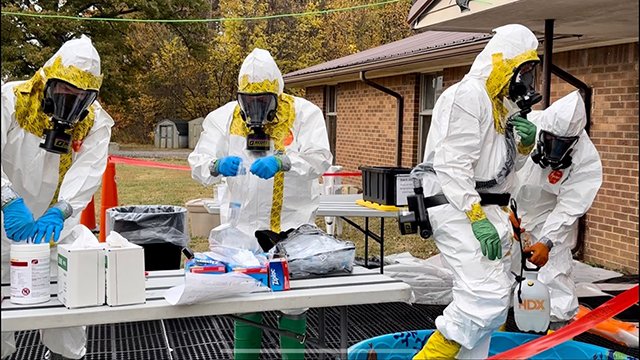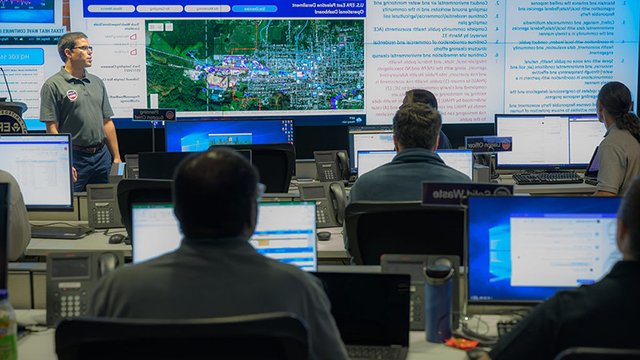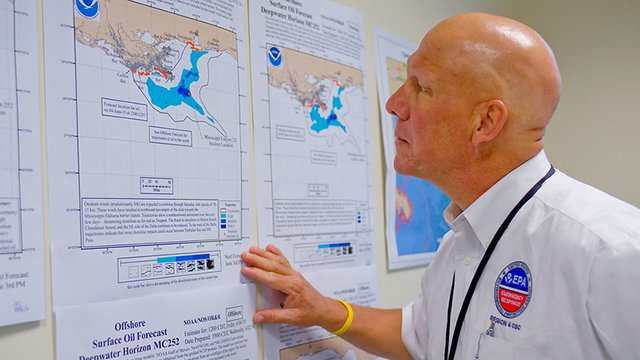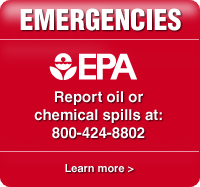Emergency Response
EPA prepares for, prevents, and responds to oil spills, chemical, biological, radiological releases, and large-scale national emergencies. The agency also provides additional response assistance when state and local first responder capabilities have been exhausted or when additional support is requested.
Watch the video to find out what it's like to respond to an environmental disaster.
-
Emergency Response at EPA

The agency protects human health and the environment by mitigating risks associated with natural disasters and environmental emergencies.
-
Current and Past Responses

Responders have and continue to address environmental emergencies such as oil spills, hurricanes, and chemical explosions.
-
Response Tools

Several types of tools, techniques, and equipment are used to assist responders with emergency management activities.
-
Response Partners

State, local, tribal, and other federal entities work to ensure effective emergency management practices.
-
Emergency Operations Center

The EOC provides a central location for communication and coordination during emergencies.
-
Emergency Management Highlights

Preparedness, prevention, and response activities are highlighted on an annual basis.

